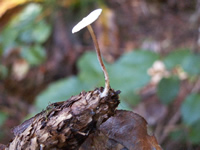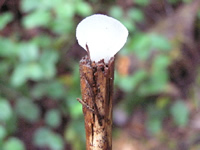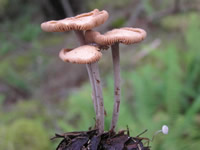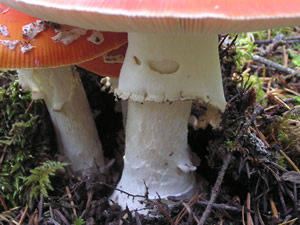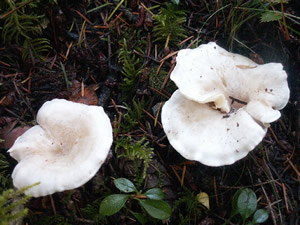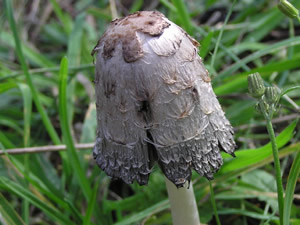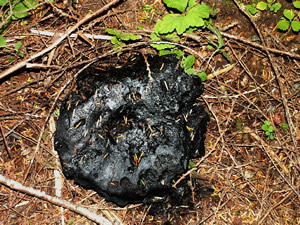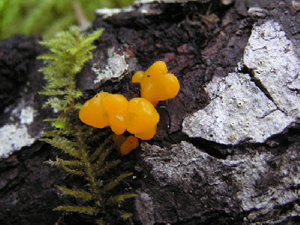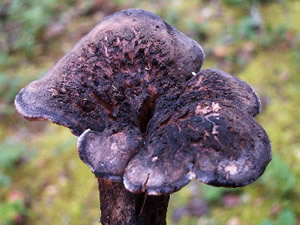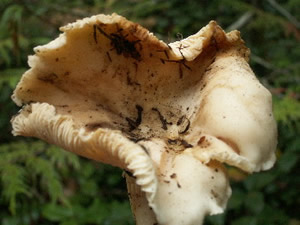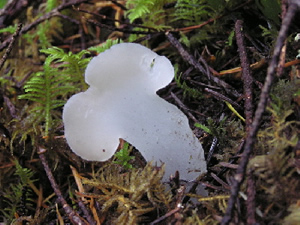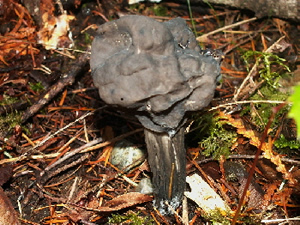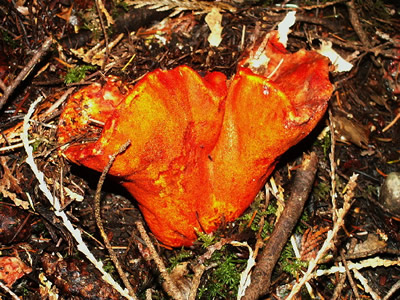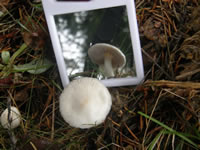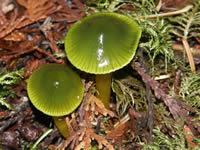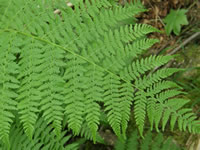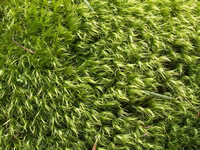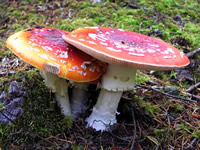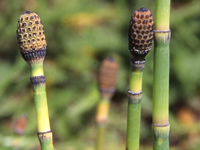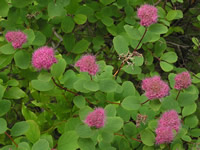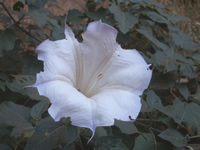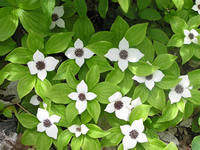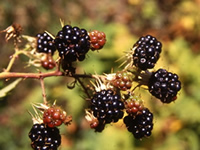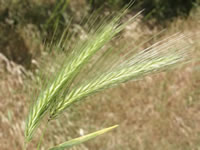| |

|
|
| |
Fly Agaric, Amanita muscaria |
| Stalks can help in the identification of mushrooms. Whether they are long and thin or thick and heavy they are usually also very strong, pushing up through some tremendously solid substances. |
| |
|
Perhaps the most fascinating part of the study of fungi involves the vast variety of unique fancy tops or caps. While some have admirable frilly finishes it is usually the colorful ones with strange patterns or curious assortment of shapes that generally catch the eye. For example, some mushrooms have long slender tops that can be three or four times longer than they are wide and stand solidly together. |
|
| |
Plicatura nivea (no common name) |
| |
|
|
|
Shaggy-mane Mushroom, Coprinus comatus |
Fly Agaric, Amanita muscaria |
| |
|
|
|
Blackening Brittlegill, Russula nigricans |
|
Other rather strange looking members of the fungus family resemble peculiar blobs instead of the stereotypical mushroom. Some can spread up to 10 inches or more while others appear almost insignificant except for the bright colours which give them away. |
| |
|
|
Mushrooms are strange and wonderful with odd looking shapes and fantastic colours.
They can look like white blobs on black and white sticks (left), or a purple opening flower (below left) or a catcher’s mitts (below right). Amazing shapes indeed. |
White Helvella, Helvella crispa |
|
| |
|
|
|
Sarcodon imbricatum, (no common name) |
White Chanterelle, Cantherellus subalbidus |
| |
|
|
|
Toothed Jelly Fungus,
Pseudohydnum gelatinosum |
Elfin's Saddle,
Helvella lacunosa |
| The two mushrooms above further show the diversity of these organisms. The white mushroom is similar in colour to a drop of plain white acrylic paint with no markings at all while the black specimen resembles a rolled up piece of black paper. |
| | |
|


